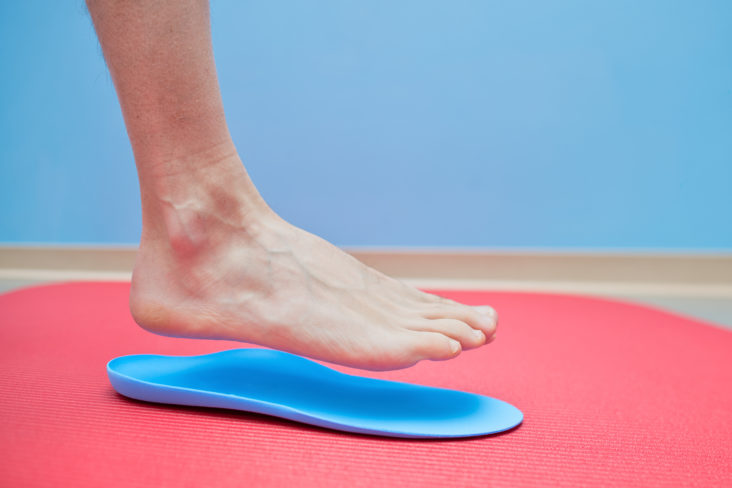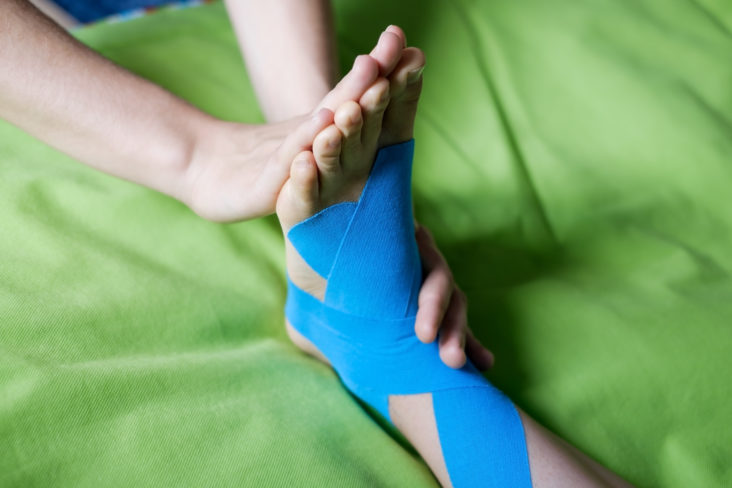The problem with back pain
It’s no secret that low back pain is a prevalent problem. With a reported 60-80% of the U.S. population suffering each year. Low back pain is the second most common reason patients visit a medical doctor, and the number one reason they visit a Chiropractor. One study stated that the “lifetime prevalence of back pain has been reported as 54 to 80 percent. With as many as 60 percent of patients continuing to have chronic pain for more than five years following the initial episode.”
Getting to the root of the problem
Could a misalignment in your feet be causing back pain? Absolutely.
If leg or foot asymmetries or misalignments exist, abnormal forces transmitted along the closed kinetic/kinematic chain can interfere with spinal function. Orthotics provide support to the lumbar spine and pelvis. Helping to balance the lower extremities during standing, walking, and running, and better function of the spine.
Most chronic low back pain is the result of some form of structural weakness or failure. Recognizing and treating the source of these conditions is crucial in preventing further breakdown.
The foundation of the body
The feet are the foundation of the body. Statistical evidence shows that at birth, most of us have perfect feet. By age 20, 80% of those “perfect feet” have developed some type of problem, and by age 40, nearly everyone has a foot condition. Many of these conditions eventually contribute to health concerns farther up the kinetic chain especially the generalized condition of “back pain.” Which is why being able to spot a potential low back problem before it can affect a patient’s health and lifestyle is in the best interest of our patients.
A significant factor frequently overlooked by practitioners in reducing excessive forces on the lumbar spine is gait analysis and the use of orthotics. Using external supports (orthotics, heel lifts) to decrease external forces. Commonly seen conditions in the lower extremity can have a major impact on lumbar spine function. In each of these situations, orthotic supports are not only appropriate, they will contribute significantly to a more cost-effective treatment outcome.
Perpetuating pain
When excessive pronation and/or arch collapse of the foot is present, a torque force produces internal rotation stresses to the leg, hip, pelvis and low back. The result is recurring subluxations and eventual ligament instability affecting the sacroiliac and lumbar spine joints. Flexible, custom-made orthotics can significantly decrease these stressers, as well as reduce low back pain.
In patients with degenerative changes in the lumbar discs and facets, the external force of heel strike may aggravate and perpetuate low back pain and is easily reduced with the use of shock-absorbing shoe inserts or orthotics which contain viscoelastic compounds. The reduction in symptoms is often dramatic.
Chronic pain relief
An anatomical difference in leg length produces abnormal structural strains on the pelvis and low back. These strains can cause not only chronic pain, but also have been shown to result in specific degenerative changes. The use of lifts and orthotics has been shown to reduce these structural strains and bring about significant response.
- Do you stand or walk on hard surfaces for more than 4 hours daily?
- Do you participate regularly in any physical sport (basketball, baseball, tennis, golf, bowling, etc.)?
- Are you age 40 or over?
- Have you ever had a prior injury to your knee, back or neck?
- Do your shoes wear unevenly?
- Do you have joint pain while standing, walking or running?
- Is one of your legs shorter than the other?
- Do you have knock-knees or bow legs?
- Are you experiencing any obvious foot problems (bunions, corns, flat feet, etc.)?
- Do your feet “toe out” when you’re walking?
If you answered yes to any of the above, consider yourself a likely candidate for flexible, custom-made orthotics. See the front desk for a Free Gait/Foot Analysis Today!
Want Share Chiropractic With Someone? Ask The Front Desk About A Complimentary Exam For Referrals.



